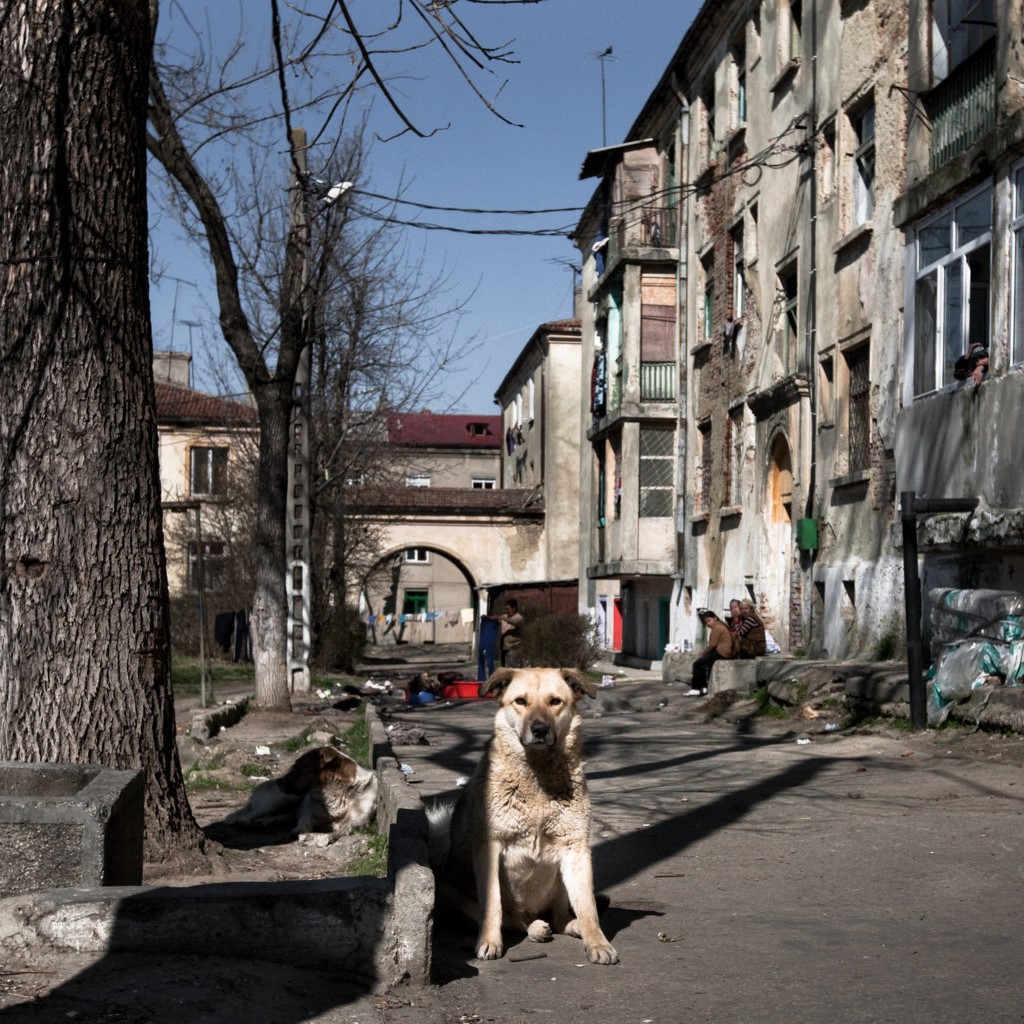A young woman dies on the outskirts of Bucharest, attacked by a pack of dogs
 A fresh tragedy involving stray dogs took place on 21 January in a suburb of Bucharest. Forty-three-year-old Ana Oros, who was well-known for her commitment to various environmental issues and a real animal lover, passed away after being attacked by a pack of eight dogs while out jogging, reigniting a heated debate in Romania after many years of silence. Sadly, the horrific incident was reported by the Romanian media the following days in a sensationalistic and inflammatory manner, despite the multiple common-sense comments made by civilized members of society and citizens alike, who have become much better informed about the phenomenon of stray animals and who are now in a much better position to assess the incident objectively.
A fresh tragedy involving stray dogs took place on 21 January in a suburb of Bucharest. Forty-three-year-old Ana Oros, who was well-known for her commitment to various environmental issues and a real animal lover, passed away after being attacked by a pack of eight dogs while out jogging, reigniting a heated debate in Romania after many years of silence. Sadly, the horrific incident was reported by the Romanian media the following days in a sensationalistic and inflammatory manner, despite the multiple common-sense comments made by civilized members of society and citizens alike, who have become much better informed about the phenomenon of stray animals and who are now in a much better position to assess the incident objectively.
It was clear from the outset, in fact, that the area where the terrible incident occurred was marked by there being a large number of houses under construction which were not fenced off, with guard dogs on the property left to roam alongside the strays, often in pursuit of females in heat. Not only that, it appears that the field where the poor girl was attacked is owned by a private company. This area had never been properly secured and the corpse of a donkey lay very close to where Ana was running, providing a source of food for the dogs, who had become even more territorial and protective. Although investigations in the days that followed revealed a number of liabilities without naming a single “culprit,” much of the Romanian mainstream press took the opportunity of airing the views of the enemies of the mayor general, Nicusor Dan, and attacking the NGOs, who are also considered responsible for putting a stop to animal euthanasia in Bucharest and therefore reducing the dog-catching program in the city.
Our president Sara Turetta participated in two debates, one televised on Euronews Romania and another that took place online, hosted by journalist Lucian Mandruta, responding to the exploitative accusations of an association claiming to want to protect people bitten by dogs in Romania. Over the weeks that followed, tensions have eased, and the topic of the management of stray and privately-owned dogs in Romania has been resumed in governmental offices in a constructive fashion. Save the Dogs has been (and continues to be) present at the various meetings and roundtables that have taken place. The facts are clear: the data from which to correctly begin any analyses suggests that only 15% of the 3 million dogs registered in the dog registry have been sterilized. This percentage rises to 30% in the capital, while the number of fines and sanctions handed out can be counted on one hand. These numbers can be explained by the lack of enforcement of the 2013 law, which provides for sterilization programs and mandatory microchipping, as well as penalties for people allowing their dogs to roam the streets. This situation, which is still out of control in most parts of the country, can only be improved by a concerted effort being made by the respective police forces, municipalities and nonprofit organizations.
